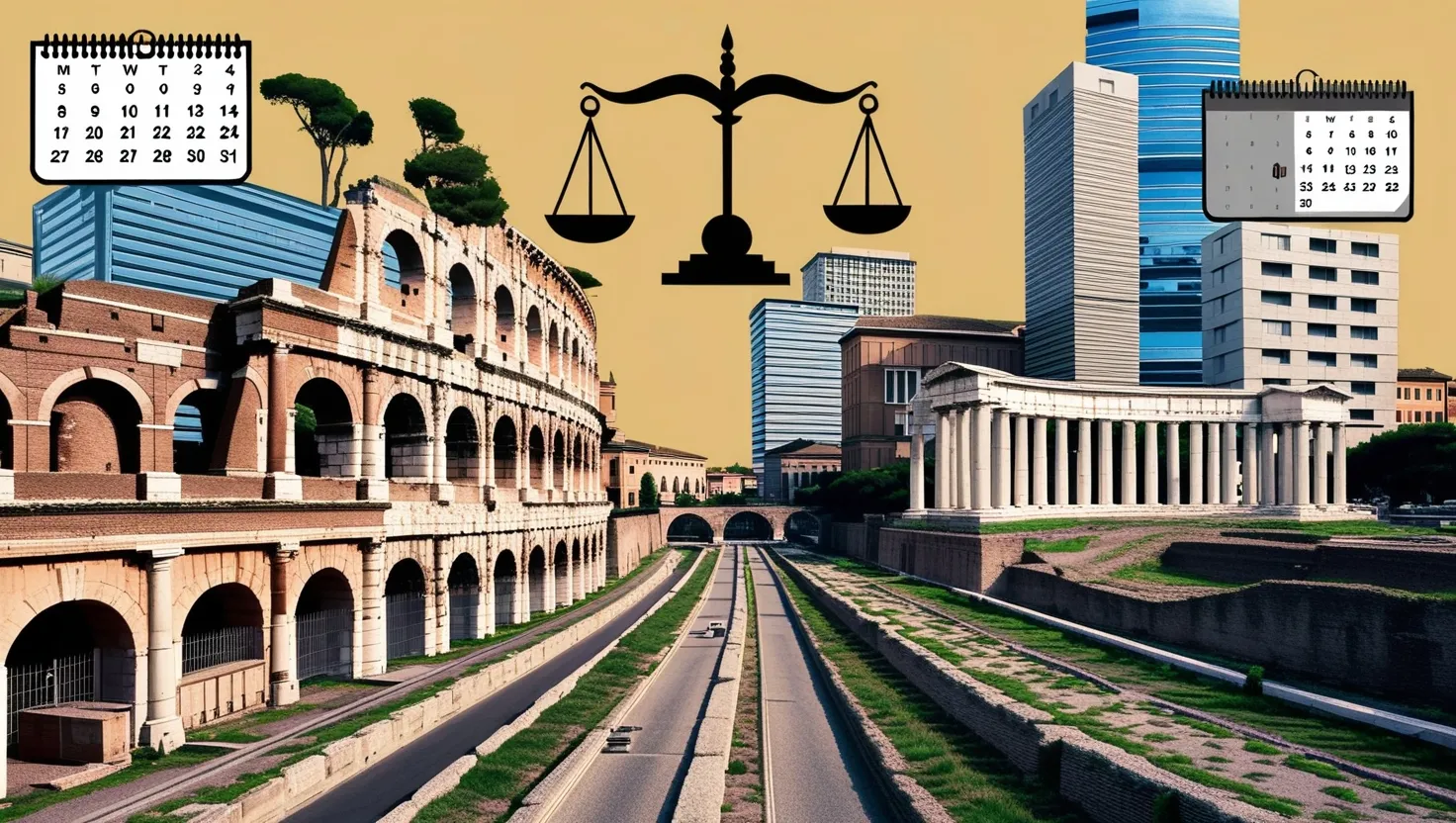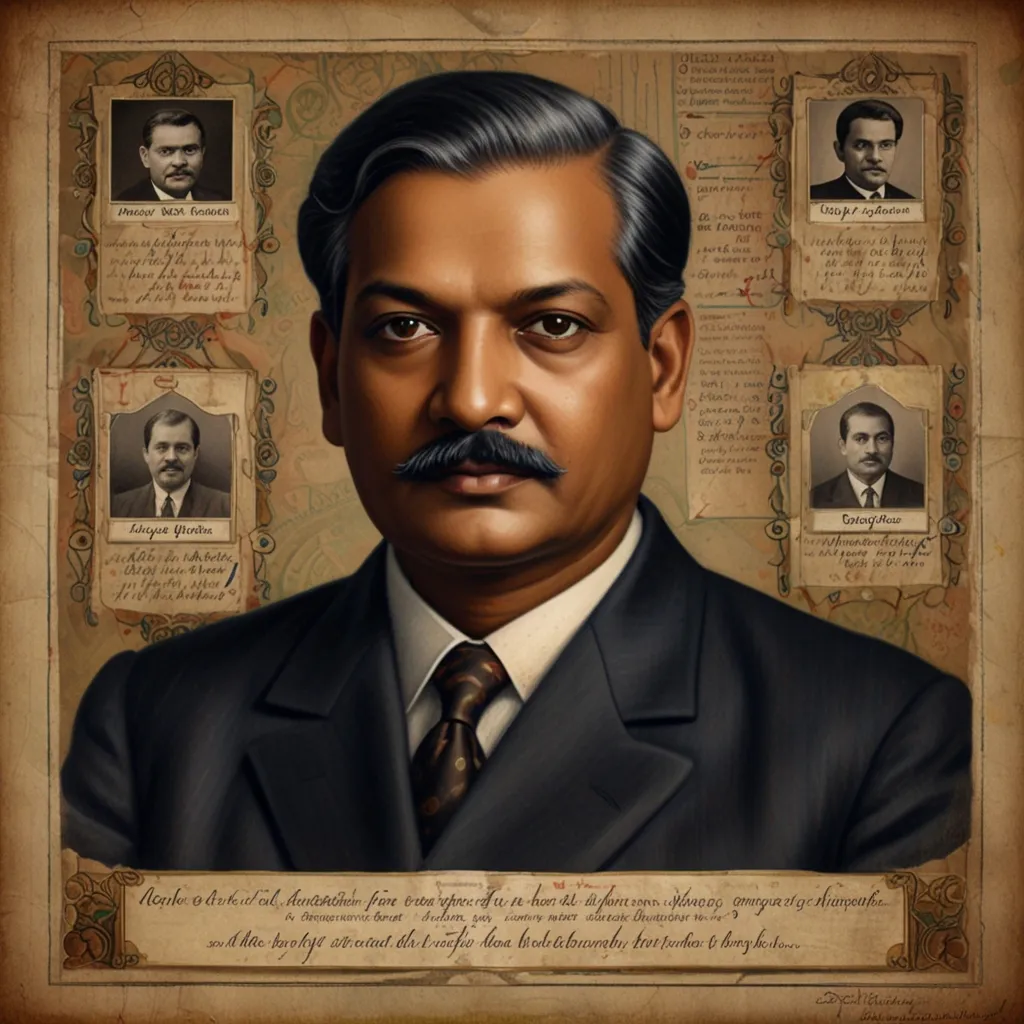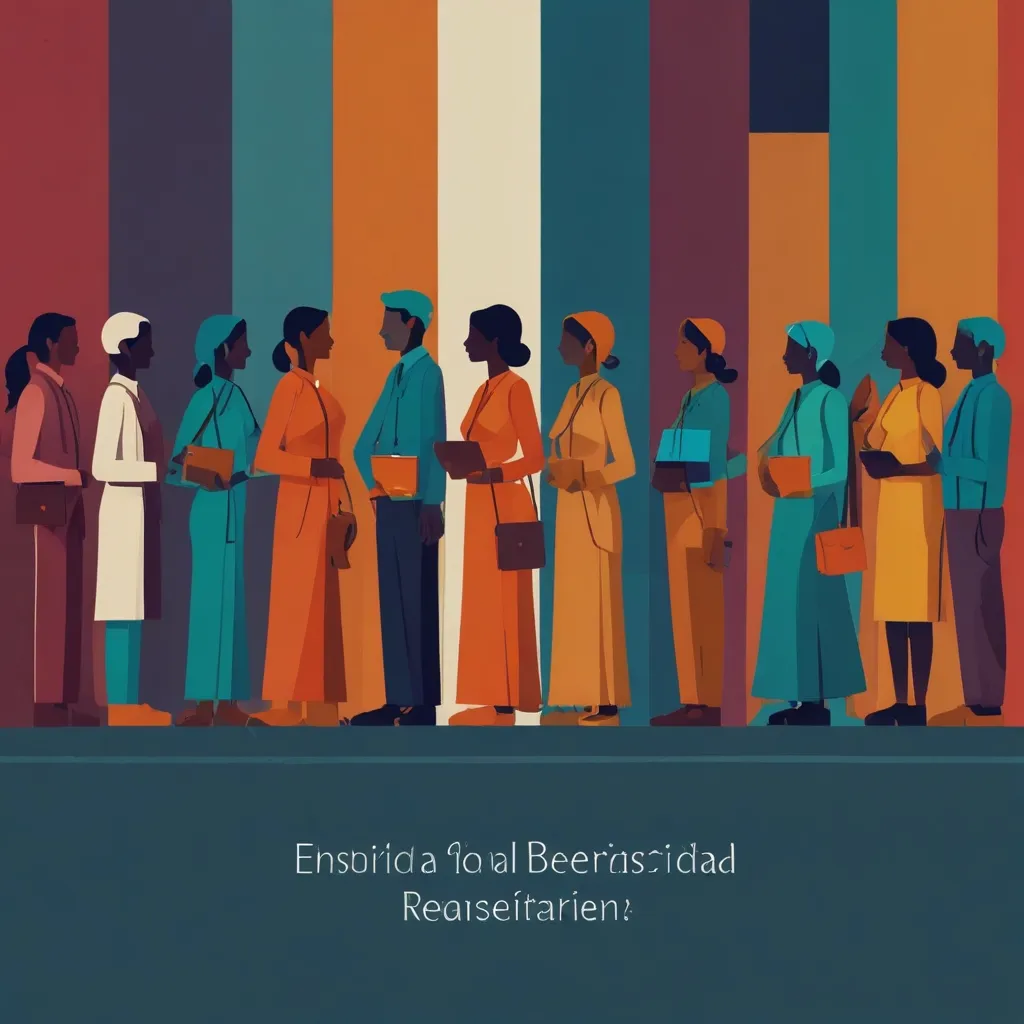As we walk through the bustling streets of modern cities, it’s easy to overlook the ancient roots of many of the structures and systems that surround us. However, the legacy of the Roman Empire is palpable, from the concrete beneath our feet to the calendars on our walls. Here are five ancient Roman innovations that have left an indelible mark on modern society.
The Enduring Strength of Roman Concrete
When we think of ancient Rome, images of grand structures like the Colosseum and the Pantheon often come to mind. These monuments owe their longevity to a revolutionary material: Roman concrete. This durable concoction, made from a mix of volcanic ash, lime, and water, was far more resilient than its modern counterpart. While modern concrete often shows signs of degradation within decades, Roman concrete has stood the test of time, with some structures still intact after two millennia.
The secret to this ancient concrete lies in its unique composition. Volcanic ash, which was abundant in regions like Pozzuoli, reacted with lime to form a strong and flexible bond. This innovation allowed Roman engineers to construct massive buildings, bridges, and aqueducts that could withstand the elements and the weight of time. Today, researchers are revisiting this ancient formula to develop more sustainable and durable concrete, highlighting the ongoing relevance of Roman engineering.
The Vast Network of Roman Roads
Imagine a world without highways, where travel between cities is a laborious and treacherous journey. This was the reality before the Romans revolutionized transportation with their extensive road network. Spanning over 250,000 miles, these roads connected the far-flung corners of the empire, facilitating trade, communication, and the movement of armies.
The construction of these roads was a marvel of engineering. Built with layers of stone, gravel, and sand, they were designed to last, with some sections still in use today. The Roman road system laid the groundwork for modern highway infrastructure, influencing how we design and build roads to this day. The efficiency and connectivity provided by these roads were instrumental in the growth and stability of the Roman Empire, and their legacy continues to shape our modern transportation systems.
The Ingenious Aqueducts
Water is the lifeblood of any civilization, and the Romans understood this better than most. Their aqueducts, built over two thousand years ago, were masterpieces of engineering that brought fresh water to cities across the empire. These gravity-powered systems were designed to transport water from distant sources to urban centers, improving public health and sanitation significantly.
The construction of aqueducts required meticulous planning and execution. Roman engineers used a combination of arches, conduits, and gravity to ensure a steady flow of water. The Aqua Virgo, built in 19 BC, is one such aqueduct that still supplies water to the Trevi Fountain in Rome today. These aqueducts not only provided clean drinking water but also supported agriculture, public baths, and early industrial processes. Their impact on Roman society was profound, enabling cities to grow and flourish in ways that would have been impossible without a reliable water supply.
The Julian Calendar: A Standard for Time
In the chaos of ancient times, keeping track of days and months was no simple task. Julius Caesar, in one of his many reforms, introduced the Julian calendar, which would become the precursor to our modern Gregorian calendar. This innovation standardized time measurement across the empire, simplifying trade, governance, and daily life.
The Julian calendar, while not perfect, was a significant improvement over earlier systems. It introduced a 365-day year with an extra day added every four years, a concept that has been refined but remains the basis of our current calendar. This standardization of time had far-reaching implications, facilitating international trade and communication by providing a common framework for scheduling and record-keeping.
The Foundations of Roman Law
Law is the backbone of any society, and the Romans were pioneers in this field. Roman law, with its comprehensive legal codes, trial procedures, and contractual obligations, forms the foundation of many modern legal systems, particularly in continental Europe.
Roman jurisprudence was characterized by its practicality and fairness. The Twelve Tables, one of the earliest written legal codes, laid out basic principles of justice that protected citizens’ rights and property. These laws were not static; they evolved over time to address new challenges and social changes. The concept of trial by jury, for instance, has its roots in Roman law, where a panel of judges would hear evidence and render verdicts.
The influence of Roman law extends beyond the legal realm. It has shaped societal norms and ethical standards, providing a framework for resolving disputes and ensuring justice. As we navigate the complexities of modern law, we owe a debt to the Romans for their foresight and legal acumen.
A Lasting Legacy
As we reflect on these ancient Roman innovations, it becomes clear that their impact is not limited to historical curiosity. These advancements have woven themselves into the fabric of our modern world, from the concrete that supports our skyscrapers to the calendars that govern our days.
The Romans were masters of practical genius, turning theoretical concepts into tangible realities that improved the lives of their citizens. Their legacy is a testament to the power of human ingenuity and the enduring impact of well-designed solutions. As we continue to build, innovate, and govern, we would do well to remember the Romans and the lasting contributions they made to our world.






